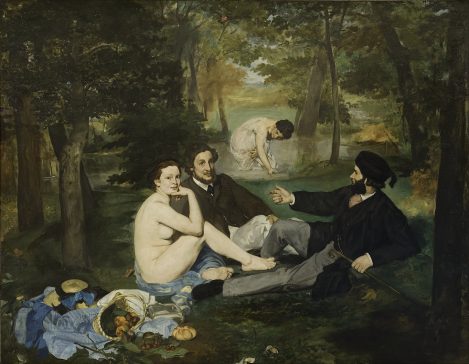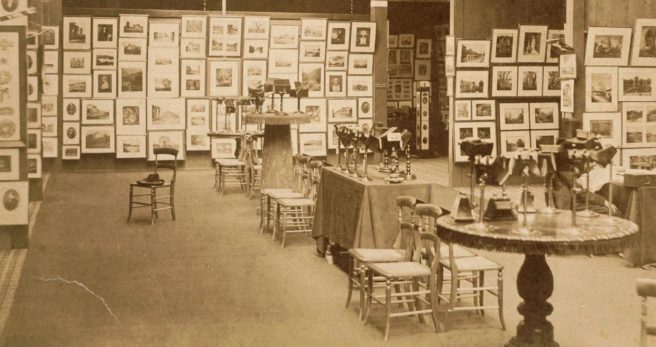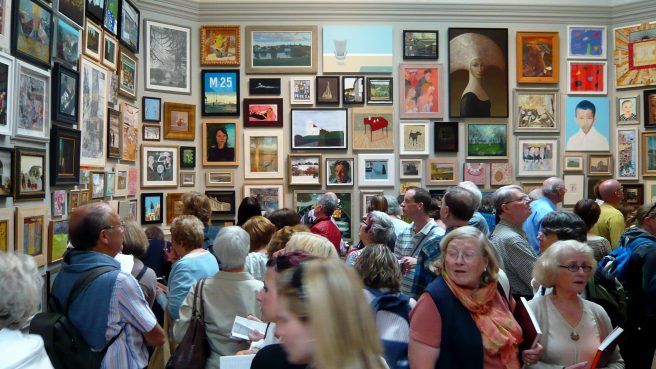Why Photography Contests Matter (Even When They Don’t)

Tim Parkin
Tim Parkin is a British landscape photographer, writer, and editor best known as the co-founder of On Landscape magazine, where he explores the art and practice of photographing the natural world. His work is thoughtful and carefully crafted, often focusing on subtle details and quiet moments in the landscape rather than dramatic vistas. Alongside his photography and writing, he co-founded the Natural Landscape Photography Awards, serves as a judge for other international competitions. Through all these projects, Parkin has become a respected and influential voice in contemporary landscape photography.
I have often written about the problems with photography competitions: the fact that they reduce a creative and personal art to a simple “this > that” equation; that they only rank those that ‘play’; and that it is impossible to compare a photograph of a flower and a volcano. All of this is before we look at how individual competitions are run, which can introduce a litany of potential problems.
It’s the idea of ‘competition’ that is anathema to most photographers. Of what benefit is there from pushing our most loved creations into a beauty parade? And yet the idea that, as photographers, we can avoid competition is also naive. So many of the things we want to do with our photographs rely on being put in a position of winning or losing. The potential exhibition where the curator chooses between artists; the inclusion or exclusion from a magazine or journal; The sharing/liking of one image over another on social media; the competition for an art purchaser’s discretionary spend. The list goes on and on. In fact, I would suggest that the only way to avoid competition is to remove yourself from any interaction involving your images at all.
But competition in art is not a recent development. In ancient Greece, around the 4th century BCE, professional art associations and guilds helped organise competitions. The “Technitai of Dionysus’’ ensured that prize money was distributed fairly and competitions were run on time. From Roman through Byzantine periods, artists competed for commissions by the ruling classes for the decoration of their churches and cathedrals. In the 14th century, a competition was declared for a commission to build the doors to the Florentine Baptistry. With thirty-four jurors and only eight entrants, it was probably intimidating for the artists involved but the commission would make them relative millionaires over the decades it took to build them.
One of the most recognisable art ‘competitions’ is probably the Paris Salon. Introduced in the 1600s, the Salon became the premiere event for artists throughout France. When a jury was introduced in the 1800s, the exhibition became an actual competition with the potential prize of becoming an established artist. As you can imagine, this became incredibly popular, and the minutiae of how the juries assessed work were deliberated over ad infinitum. Many of the choices were controversial, but the main problem with the Salon was that it was incredibly conservative. You were expected to work in a certain style and with specific materials, etc.
When more than two-thirds of the entrants for the 1863 Salon were rejected, including work by Courbet, Pissaro and Manet, many of those turned down decided to form their own exhibition and called it the “Salon des Refusés” or exhibition of the rejects; I cannot imagine the horror of being turned down for that show!
You’d think photography competitions are a more recent invention, but after a bit of research I found out that in the seven years before the Salon de Refusés was instigated, multiple photography competitions had already taken place. For example, in 1856 the Photographic Society of Scotland awarded medals in their open competition.
How about the equivalent of the Olympic games for art? Well you don’t need to imagine it. If you had been around in the early 20th century you could have represented your country in the Fine Art category and instead of including “Prize-winning photographer” on your website, you could have had “Olympic Gold Medal Winning Photographer.” What an accolade!
Over the next few decades, photography competitions became a topic of many discussions in the journals of the day with some winning portfolios travelling across the oceans to be displayed in front of learned societies worldwide. In 1893, the journal of The American Amateur Photographer discussed a display of competition slides from the 1891 London Photography Competition with some little moaning about the winner’s lack of originality in subject choice. Nothing really changes.
So what about more recent art competitions? There are quite a few juried exhibitions around now, such as the DeVos Foundation’s ArtPrize, Priz Pictet, The Turner Prize, the MacArthur Fellowship, the Guggenheim “Hugo Boss”, The Royal Academy Summer Exhibition, The Deutsche Börse Prize, etc. These have helped the careers of artists such as Cindy Sherman, Edward Burtynsky, Anish Kapoor, Richard Long and more.
It is easy to look at winners and identify how the competition is helpful for them - after all, the process boosts both their pockets and their profile - but how useful is it to everyone else? Most high-profile art competitions are connected with equally major exhibitions. Although many exhibitions are in small boutique galleries and are inaccessible to most people, others have major exhibitions at venues like the National Gallery and the Guggenheim. Other exhibitions rely on a book publication to share the work of a large number of entrants. These books then become a tool for collectors and curators around the world to research new artists. A book also has the advantage of remaining long after an exhibition has been dismantled.
For those who don’t find themselves in an exhibition or book, it’s more difficult to identify the advantages of entering a competition. In some cases, a competition will extend its remit to include portfolio reviews, talks and opportunities for networking for any who enter.
Of course, there are bad competitions out there that are only interested in collecting submission fees. I recently heard of someone asking a well-known photographer about a competition they were supposed to be judging and discovering that they knew nothing about it!
There are obviously many poor reasons for entering competitions. If the only positive outcome expected from entering is a potential win, then I would suggest having a rethink. The process of entering a competition should be an opportunity to assess your work and find out how you think about it in relation to how others consider it. It is also an important moment to think about the relative objective and subjective sides to looking at work. Many of us have photographs that we love but that we know would not have much broader appeal; this should not devalue that work. However, most people want to share their work with a wider audience of their peers and the general public and the process of curating your own photographs in preparation for submission is a great time to reflect on your portfolio.
If a competition provides feedback, it is also useful to see how others look at your own work. For instance, which images resonated with the judges the most. We don’t have to agree with the results - after all, moaning about judges is a time-honoured activity for the seasoned artist!
For all of their quirks, I feel that well-run art competitions provide a useful service to artists. The results can show the wider public a cross-section of the many talented amateur and professional artists throughout the world. I feel privileged to have been part of many photography competitions and in the process, I’ve seen amazing and beautiful images in hundreds of different styles. The fact is that competitions will always play a part in nearly every creative pursuit and, as such, making sure they're as ethical and supportive as possible is a valid goal.
And on that note, the competition I set up with Matt Payne, Alex Nail and Rajesh Jyothiswaran five years ago is open for submissions as we speak (and until the end of May). If you're interested in entering, you can use the discount code "onlandscape15" at this link. You can also buy one of our books with a 20% discount by using the code "onlandscape20" at NLPA Hardback Books.




